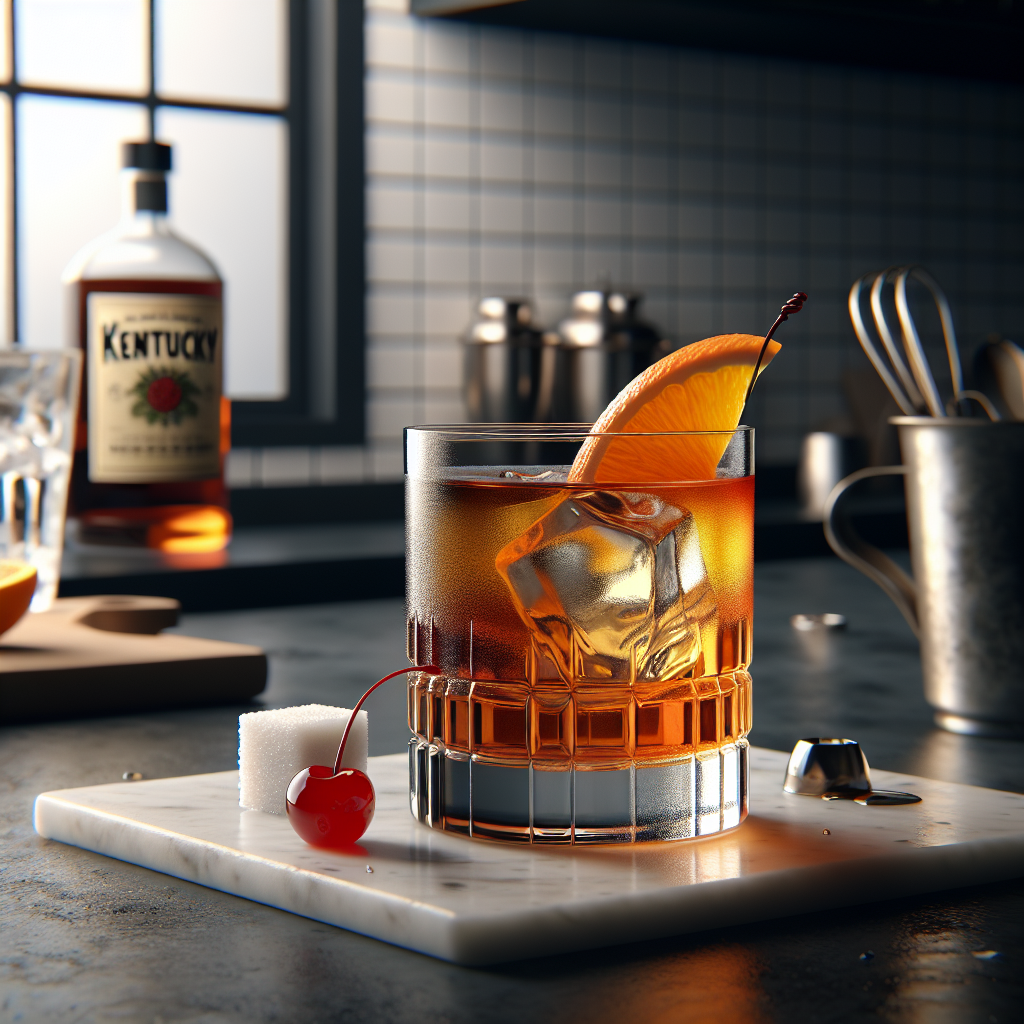Cocktail Terroir: The Soil's Influence on Spirits

Cocktail Terroir: The Soil's Influence on Spirits
Introduction to Terroir
In the world of spirits, the concept of terroir, a term borrowed from the viticulture lexicon, refers to the unique environmental factors that influence the character and flavor of a beverage. Just as the soil, climate, and topography of a vineyard can imbue a wine with its distinct profile, so too do these elements shape the spirits we cherish. This post will explore the fascinating interplay between terroir and spirits, focusing on whiskey, tequila, and rum, and how these elements contribute to the rich tapestry of flavors we encounter in our glasses.
The Terroir of Whiskey: Kentucky's Bourbon
Kentucky, often heralded as the birthplace of bourbon, offers a prime example of how terroir can influence the character of whiskey. The state's limestone-filtered water, rich in calcium, is crucial in the fermentation process, aiding yeast activity and contributing to the whiskey's smoothness. The soil in Kentucky, predominantly composed of silt loam, supports the growth of corn, a primary ingredient in bourbon.
The climate of Kentucky, with its hot summers and cold winters, plays a pivotal role in the aging process of bourbon. The temperature fluctuations cause the whiskey to expand and contract within the charred oak barrels, extracting flavors and colors from the wood. This cycle, known as the "angel's share," results in a bourbon that is both complex and harmonious.
One cannot discuss Kentucky bourbon without mentioning the legendary distiller, Colonel E.H. Taylor Jr., who in the late 19th century, championed the purity and quality of bourbon. His legacy is a testament to the importance of terroir and traditional distillation methods in crafting exceptional spirits.
Kentucky Old Fashioned

A classic cocktail that showcases the rich terroir of Kentucky bourbon.
Ingredients:
- 2 oz Kentucky bourbon
- 1 sugar cube
- 2 dashes Angostura bitters
- Orange peel
- Maraschino cherry
Instructions:
- Place the sugar cube in an old-fashioned glass and saturate with bitters.
- Add a splash of water and muddle until the sugar is dissolved.
- Fill the glass with ice cubes and add the bourbon.
- Stir gently until chilled.
- Garnish with an orange peel and a maraschino cherry.
The Terroir of Tequila: Jalisco's Agave
Jalisco, Mexico, is synonymous with tequila, a spirit derived from the blue Weber agave plant. The region's red volcanic soil, known as terra rossa, imparts a unique minerality to the agave, which is reflected in the final product. The high altitude of Jalisco, ranging from 1,500 to 2,000 meters above sea level, slows the maturation of the agave, allowing for a deeper development of flavors.
The traditional method of tequila production, known as the tahona process, involves crushing the agave with a large stone wheel, a practice that has been used for centuries. This method, combined with the region's terroir, results in a tequila that is both robust and nuanced.
The story of tequila is also intertwined with historical figures like Don Cenobio Sauza, who in the 19th century, helped establish the reputation of tequila on the global stage. His dedication to traditional methods and the unique terroir of Jalisco laid the foundation for the spirit's enduring popularity.
The Terroir of Rum: The Caribbean's Sugarcane
The Caribbean, with its diverse array of islands, is renowned for its rum, a spirit derived from sugarcane. The region's rich, volcanic soil and tropical climate are ideal for growing sugarcane, the primary ingredient in rum production. The soil's composition, often enriched with potassium and magnesium, contributes to the robust flavor profile of Caribbean rum.
The traditional method of rum production in the Caribbean involves the use of pot stills, which allow for a more complex and flavorful spirit. The aging process, often conducted in oak barrels previously used for bourbon or sherry, further enhances the rum's character, imparting notes of vanilla, caramel, and spice.
The history of rum in the Caribbean is deeply intertwined with the region's colonial past. Figures such as Don Facundo Bacardí, who in the 19th century, revolutionized rum production with his innovative aging techniques, played a pivotal role in shaping the spirit's identity. His legacy is a testament to the importance of terroir and traditional methods in crafting exceptional rum.
Conclusion: The Art of Terroir in Cocktails
The concept of terroir extends beyond the spirits themselves to the cocktails we craft. By understanding the unique environmental factors that shape the flavors of whiskey, tequila, and rum, mixologists can create drinks that celebrate the distinct characteristics of each spirit. Whether it's the smoothness of a Kentucky bourbon in an Old Fashioned, the robustness of a Jalisco tequila in a Margarita, or the complexity of a Caribbean rum in a Daiquiri, the art of terroir is an essential element in the world of cocktails.
In embracing the terroir of spirits, we not only honor the traditions and craftsmanship of the past but also enhance our appreciation for the drinks we enjoy today. As we continue to explore the rich tapestry of flavors offered by different regions, we deepen our understanding of the art and science of mixology, ensuring that the legacy of terroir remains a vibrant and integral part of our cocktail culture.